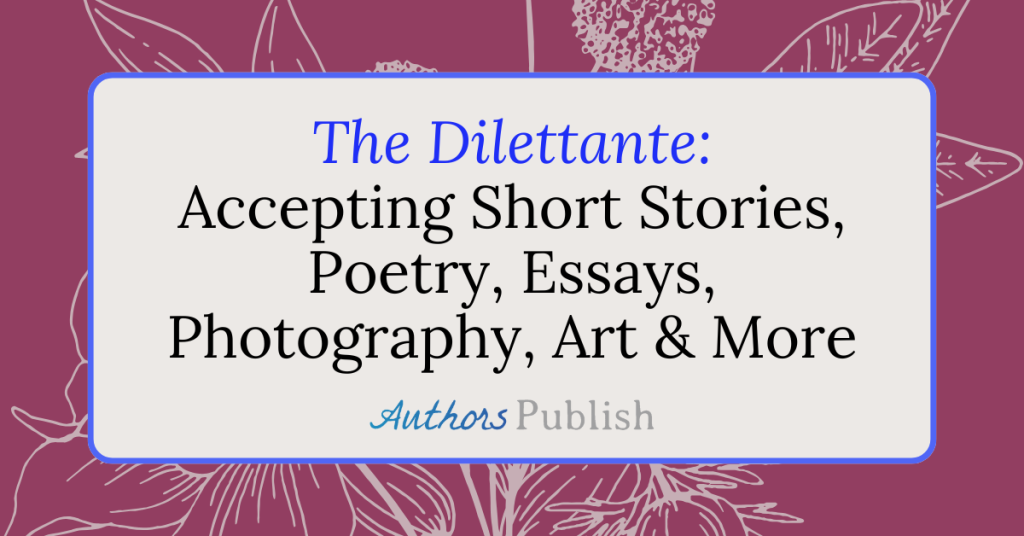Katie Lawrence
In Bring Your Fiction To Life, Karen S. Wiesner writes about a way to craft your story in a logical and comprehensive way. Writing, from her perspective, is divided into the categories of setting, plot, and, arguably the most important, character.
Creating characters something every fiction writer that ever was and ever will be. Characters, who our stories are about, whether they be a young wizard in Harry Potter, a toy cowboy in Toy Story, or a clocktower from a poem.
The Enneagram, a personality typology similar to the 16Personalities/Myers-Briggs system, is a system used, purposefully and on accident, by the greatest writers. It’s a system that focuses less on behavior, and more on the motivation behind the behavior. Dozens of books have been written on it, including my own, The Enneagram: Who You Are On Purpose.
In the opening pages of the book, I share the story of a character from a television show that my aunt had become so emotionally attached to, that she almost requests prayers for the character in her weekly bible study. Why? Because the character had appeared so real to her, that she had become attached as if she was an old friend.
But how does the Enneagram help to develop characters as real as my aunt’s fictional friend?
For any of those practical and visual people out there, and for anyone still confused, the Enneagram is a framework based off of the geometric shape, named the enneagram. It is, in effect, a nine point star. The Enneagram index is nine different frameworks of motivation, or, more clearly stated, nine different “personalities”, so to speak. They are the Perfectionist, the Helper, the Performer, the Romantic, The Architect, The Loyalist, The Charmer, the Challenger, and the Peacemaker. They are all different bases of motivation, and they are the key to making your characters relatable, real, and motivation-driven.
The greatest writers understand that great stories come from great characters, and great characters come from a writer’s intention to craft a “real” human being.
There are two ways to use the Enneagram to craft better characters, for old characters, and for new.
New characters
If you’re looking to start a new story, no matter what length or type it may be, you’re probably wondering where to start. When that happens, you have to start with a character. But what about when you get to the conflict? You’re still looking at a character with a struggle. Even when you’re looking at how to create your setting, you’re still looking at a space that’s been affected by the personalities of your characters.
Everything you’ll write about, setting, plot, and characters, all come back around to your character(s). Figure out what you’re trying to say with a story, find a character that will help you do that, and follow their motivations and possible growth path to find the setting and plot. Just think, a bedroom reflects the personality of the person that stays in it, the plot is driven by the choices your characters make.
And how does the Enneagram play into this?
If you’re really struggling, pick one of the nine types and start from there. Give them a name, give them a city, give them a challenge they must face and go from there.
Old characters
When writing my first novel, I spent four years, yes, four years, writing about the same characters. I’m taking a six-month to year-long break from the sequel to that novel. Why? Because even now, I’m still crafting the characters. When I began writing the book, I knew nothing about characters. Like I said, it was my first. Not only was it my first novel, but my first experience at writing professional quality fiction. In effect, I knew nothing about fiction, let alone writing characters.
While I won’t be writing fiction for a time, I have continued to work on my characters, discovering their motivations and how they operate with one another based off of what makes them tick. I can’t just look at which character likes to read and which one is nerdy, I have to ask why. Do they like conflict or are they searching for peace? Do they hope to entertain or remain invisible? Answer those questions using an already crafted system like the Enneagram, and you’ll already have a head start over most writers and creators.
The Enneagram isn’t just a random list of nine different forms of motivation, it’s a system that is based off of centuries of study and research, spiritual and internal searching, and real people.
Great character creation, development, and writing begins with treating your characters like real people – just like the character my aunt developed a personal connection with. Real people can only connect with real people, and the Enneagram is a great way to start that process.
Whether you’re dealing with old characters that seem more like old friends or on the brink of starting yet another storytelling adventure, the Enneagram and personality theory can transform your one-sided and underdeveloped characters into real people that can create a real and connectable story.
Good luck.
Links to more information:
The Enneagram: Who You Are On Purpose
Wikipedia: Enneagram of Personality
Katie Lawrence is a writer, photographer, researcher, a published author, public speaker, and more. She maintains a blog on Medium.com, writes frequently on numerous nonfiction topics, and is a novelist. Her work includes topics of minimalism, foreign and domestic policy, as well as social work and psychology.






